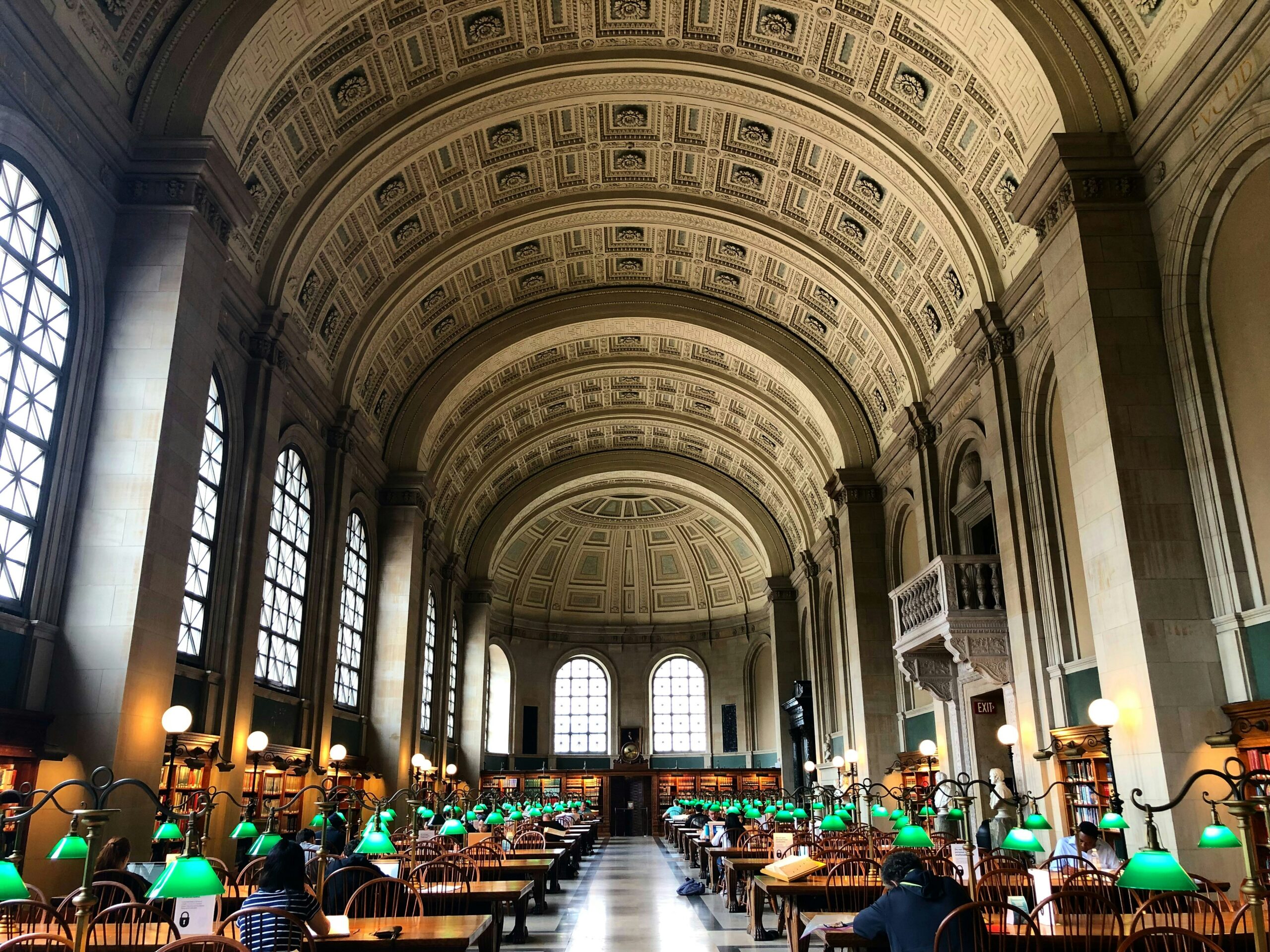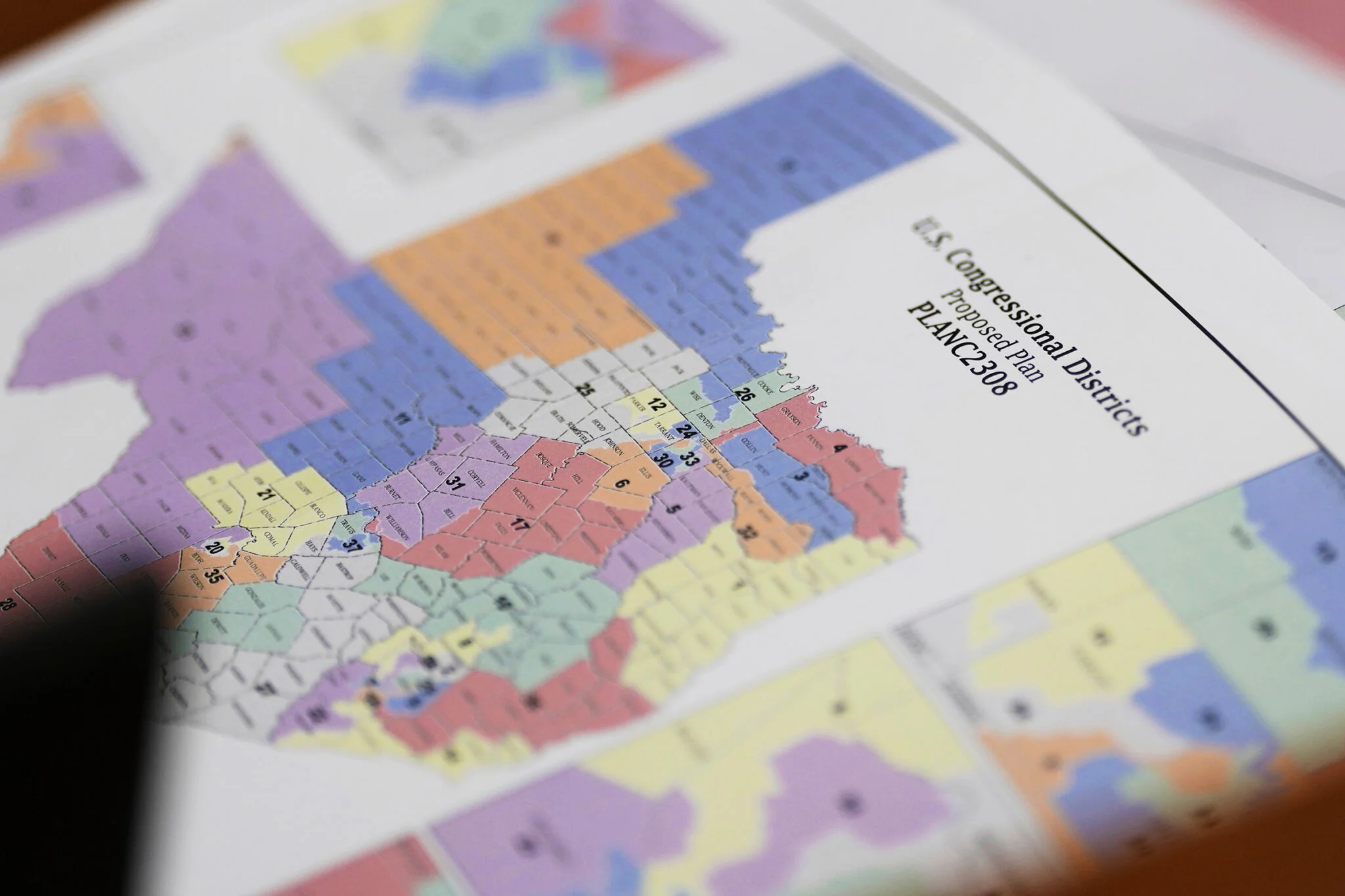In the ever-evolving landscape of education, Boston’s school enrollment trends offer a fascinating glimpse into the dynamics of urban schooling. With a recent uptick in student numbers, the city is experiencing a shift that could have significant implications for its educational system. Let’s delve into the details and explore what this means for Boston’s schools.
Enrollment increase in Boston
For the first time in nearly a decade, Boston’s school district has seen an increase in enrollment. The district’s official October student census recorded 48,159 students for the 2024-25 school year, up from 47,901 the previous year.
This growth, albeit modest at about half a percent, marks a departure from the declining trend observed over the past years. The last time Boston’s schools experienced growth was in the 2014-15 school year, with over 56,700 students.
The role of Immigration
One of the key factors contributing to this enrollment increase is immigration. District officials have noted that the influx of immigrant and migrant youths has played a crucial role in halting the enrollment decline. Multilingual learners, in particular, have seen a significant rise, with about 3,000 added to the district from 2020-21 to 2024-25.
These students now make up more than one-third of the district’s population, highlighting the importance of providing tailored educational services to meet their needs.
Statewide enrollment trends
While Boston’s enrollment has stabilized, the statewide student population has remained remarkably stable, with a slight increase of about 1,000 students. This stability is reflected in other large districts, such as Worcester and Cambridge, which have also seen slight increases.
However, not all districts share this trend. For instance, Newton Public Schools continue to experience a decline in enrollment, a trend that has persisted since the pandemic.
Challenges and opportunities
Despite the recent stabilization, Boston’s school district faces challenges. The district has lost over 8,000 students in the last decade, prompting plans to close three public schools and merge two others.
These closures are part of a broader strategy to adjust to fluctuating enrollment patterns. However, the district’s leadership remains optimistic, with Superintendent Mary Skipper expressing confidence in a more stable future.
Looking ahead
As Boston’s school district plans for the future, it is crucial to consider the potential impact of national policies on immigration. The district’s finance chief, David Bloom, has highlighted the uncertainty surrounding future enrollment patterns, particularly in light of potential changes in immigration policy.
Nevertheless, the district is committed to designing programs that cater to the needs of immigrant students, ensuring that Boston remains a welcoming and inclusive educational environment.
Conclusion
Boston’s recent enrollment trends offer a unique opportunity to reflect on the factors shaping urban education. The increase in multilingual learners underscores the importance of providing diverse and inclusive educational services.
As the district navigates these changes, it is essential to remain adaptable and forward-thinking, ensuring that all students have access to quality education. With careful planning and a commitment to inclusivity, Boston’s schools can continue to thrive in the face of evolving challenges.
Stay tuned with us to read the most important news from the U.S. and keep yourself informed about the latest developments.
Contact us today through our website or WhatsApp to discover how we can help you achieve success in the United States. Together, we can turn dreams into reality.
Information source: bostonglobe.com



